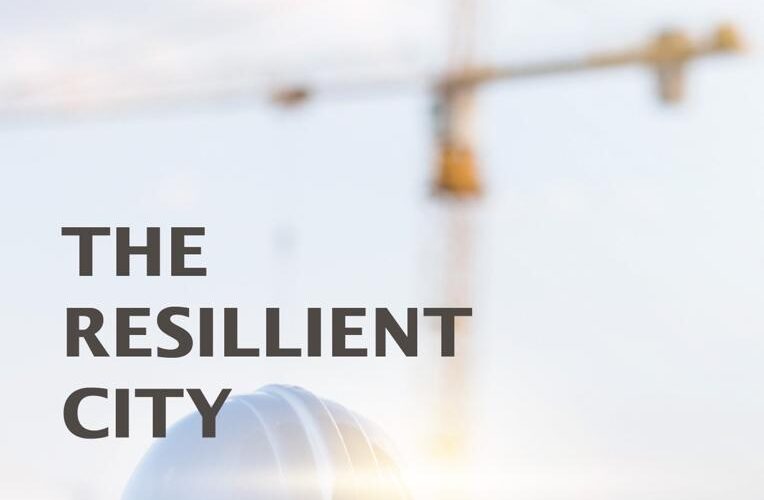The decade has questioned how transformations in our built environment, social behavior, and the ever-changing economy will impact our cities, and “2020” is officially the year to introspect the way we have been thriving.
Centenary city started 2020 on a high, with plans to move to site and kick start infrastructure on its Co-development project The Grove. Despite the early hitch due to COVID-19 in activities globally, The project weathered through the storm and achieved this milestone. In the peak of it all, we took all the necessary steps to provide health cover and moved to site in May, to commence infrastructural development.
In a bid not to compromise the health and safety of all within The City, we are consistently adhering to several protective measures which are strictly implemented and monitored, involving staff in frequent health and safety trainings to ensure their continuous, undiluted services within The City, and we are exploring the possibility of procuring the COVID-19 Vaccine, for both staff and partners once it is made available.
With the launch of the first co-development project, The Grove, well underway and scheduled to be complete in 2021, the City is set firm on its trajectory to be a world class city of the Future.
As we get ready to put 2020 behind us, we are translating the challenges experienced in 2020 into 2021, with decisions that will strengthen our mission, better support our staff, and improve customer experience. Notably, we need to express our profound gratitude to all our Partners who believed in us and played a huge role this year to achieve and have one of the best years since the beginning of the project.
THE RESILIENT CITY
The last few months have seen a trickle of positive news from the City. The most ‘solid’ indicator has been the consistent performance of the team, who continue to display resilience in mitigating the negative impacts and restrictions caused by nature and the novel health crisis, to ensure the timely delivery on already launched projects and many others to come.
Centenary City is taking the leap towards the future as a high-value, knowledge-based community and a new sub-centre to complement the nation’s capital and economy.
Interestingly, The General public was also issued tenders for companies to bid for Primary Infrastructure which received an overwhelming reception, providing a transparent and corrupt-free collaboration with the approved companies.
With many domestic and foreign investors eyeing the real estate market, we expect more positive trends like investments by global investors, revamping of business models, market consolidation which will wash out all the bad elements from the real estate sector and create more trust & transparency in the industry, thus assisting in reviving the economy and in building a sustainable city fit for all.
The City is not all about construction alone, we have opened the gates to the world to see the huge potentials everyone can harness, one of it is showcasing the beautiful topography within. The entertainment world also got a first-hand experience during the filming and premier of one of the latest blockbuster movies of 2020, Rattle Snake “The Ahanna Story” by Play Network Studios. This is a steppingstone as more of these collaborations and partnerships will take center stage in 2021.
We look forward to a strong and positive 2021, with plans to complete The Grove project and several other projects within the city, we plan to continue to establish a strong omnichannel presence in our markets. It will also be a year of sustainability for Centenary City and we will continue to enable and inspire more people to build a more sustainable lifestyle and community.
With a spread across 1,300 hectares, the City is fully ready to commence work on more mouth-watering projects which includes;
The Villa Royale – An exquisitely designed community with quintessential and meticulous landscapes. Having 4-10 Bedroom Villa designs will make Villa Royale the most exclusive and sort out neighbourhood in Abuja.
The Greens – designed to serve you with ultra-modern architectural excellence in the form of Villas, retail and dining outlets.
The Centenary Safari park – The first urban safari park in Nigeria, designed to bring you luxury in the wild.
At Centenary City, building a sustainable city exceeds excellent craftmanship, architecture or even the use of cutting-edge technology; It includes the unifying of communities into oneness to promote connection with other individuals and businesses. A community that is close-knit, safe, comfortable; bringing everything within reach and still able to offer exclusivity and privacy to every stakeholder.
Expectations for 2021 are high and we look forward to helping you reach your investment goals.


Recent Comments